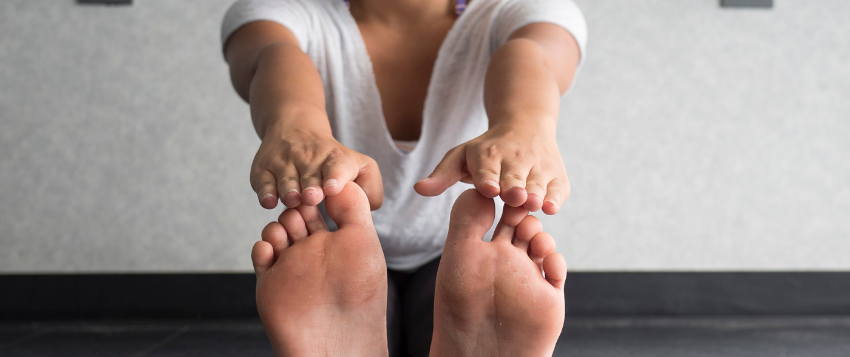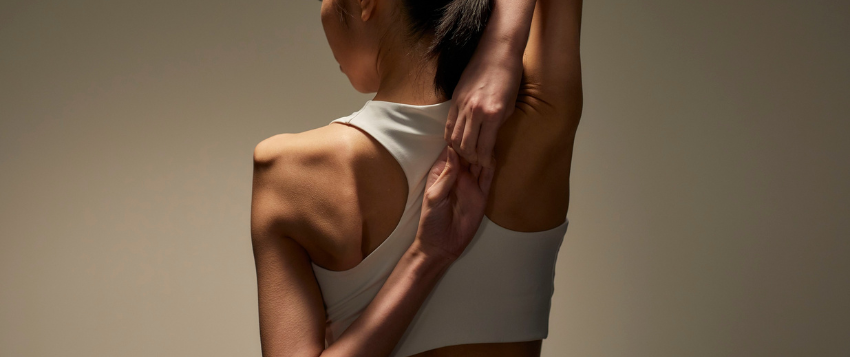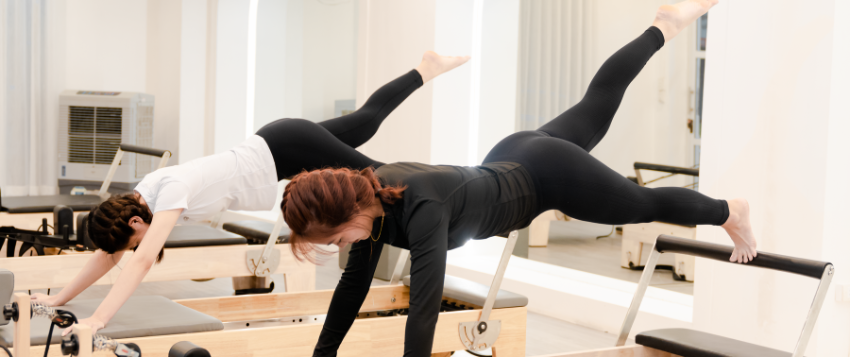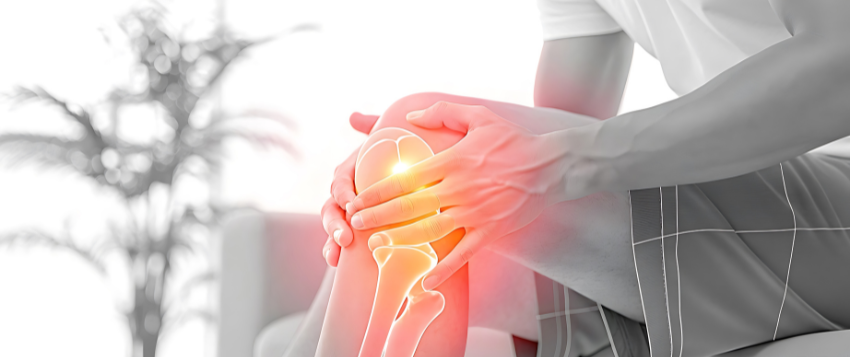In the fitness world, most people focus on strength, endurance, or fat loss, but often overlook two essential pillars of longevity and performance: mobility and stretching. These are not just “nice-to-haves.” They are fundamental components of a healthy, functional, and pain-free body. When neglected, the consequences can include chronic muscle tightness, restricted movement, and even long-term joint pain that impacts everyday activities.
Mobility and stretching work hand in hand. Mobility focuses on improving joint health and creating a greater range of motion, while stretching lengthens tight muscles and supports balance, posture, and recovery. Together, they form the foundation of efficient movement and help prevent injuries that can sideline your fitness progress.
Why Mobility Matters

Mobility training activates and protects your joints. It helps release synovial fluid, the body’s natural lubricant allowing smoother, pain-free movement. Without proper mobility, joints become stiff, muscles tighten, and compensation patterns develop, which can lead to chronic discomfort or injury.
Five Key Benefits of Mobility Training
- Improves Joint Health: Keeps joints lubricated and reduces friction that causes stiffness or pain.
- Enhances Range of Motion: Enables deeper, safer, and more effective movements during workouts.
- Prevents Injury: Strengthens stabilising muscles that protect your joints during high-impact exercises.
- Boosts Muscle Activation: Helps muscles work efficiently by improving movement patterns and coordination.
- Supports Longevity: Promotes long-term functional movement and keeps the body agile with age.
Why Stretching Is Essential

Stretching complements mobility by lengthening the muscles and promoting recovery. When you stretch consistently, you improve muscle elasticity, reduce soreness, and maintain balance across the body.
Five Key Benefits of Stretching
- Increases Flexibility: Enhances your range of motion and movement quality.
- Improves Posture: Helps correct muscle imbalances caused by sitting or repetitive movements.
- Reduces Muscle Tension: Relieves tightness and stress in overworked muscles.
- Aids Recovery: Enhances blood flow and reduces post-workout soreness.
- Improves Mind-Body Connection: Encourages relaxation and mindfulness after training.
Structuring a Balanced Workout Routine

A well-rounded workout isn’t just about the main lifting or cardio session. It should be structured to prepare, perform, and recover properly. Here’s an effective framework to follow:
5 Minutes of Light Cardio (Warm-Up)
Light cardio like brisk walking, cycling, or skipping gets your heart rate up, promotes blood flow, and warms your muscles to reduce injury risk.
Mobility Work (5–10 Minutes)
Focus on dynamic movements that open up joints and activate supporting muscles.
Examples: Hip circles, arm swings, ankle rolls, or shoulder rotations.
Main Workout (Strength or Conditioning)
Once your body is primed, move into your main training session—lifting, HIIT, or functional movement. You’ll feel stronger, move better, and perform at a higher level.
Cool Down and Stretch (5–10 Minutes)
End your session by slowing your heart rate and stretching the muscles you’ve worked.
Include both static and dynamic stretches to release tension and speed up recovery.
The Jeff RAMP Approach: A Proven Method

Fitness professionals often use the RAMP approach (used by Jeff Nippard and other science-based coaches), which stands for:
R – Raise: Increase heart rate and body temperature through light cardio.
A – Activate: Wake up key muscles needed for the workout.
M – Mobilise: Prepare joints and movement patterns for specific exercises.
P – Potentiate: Gradually build intensity so the body is ready for peak performance.
This method ensures your muscles, joints, and nervous system are properly prepared, preventing injury and optimising strength and mobility.
Final Thoughts
Mobility and stretching are not optional; they are essential. They protect your body from wear and tear, help you move pain-free, and ensure that every rep, sprint, or jump adds to your progress rather than your pain. By taking just a few extra minutes before and after your workout to move with intention, you invest in a stronger, more functional, and resilient body for life.

